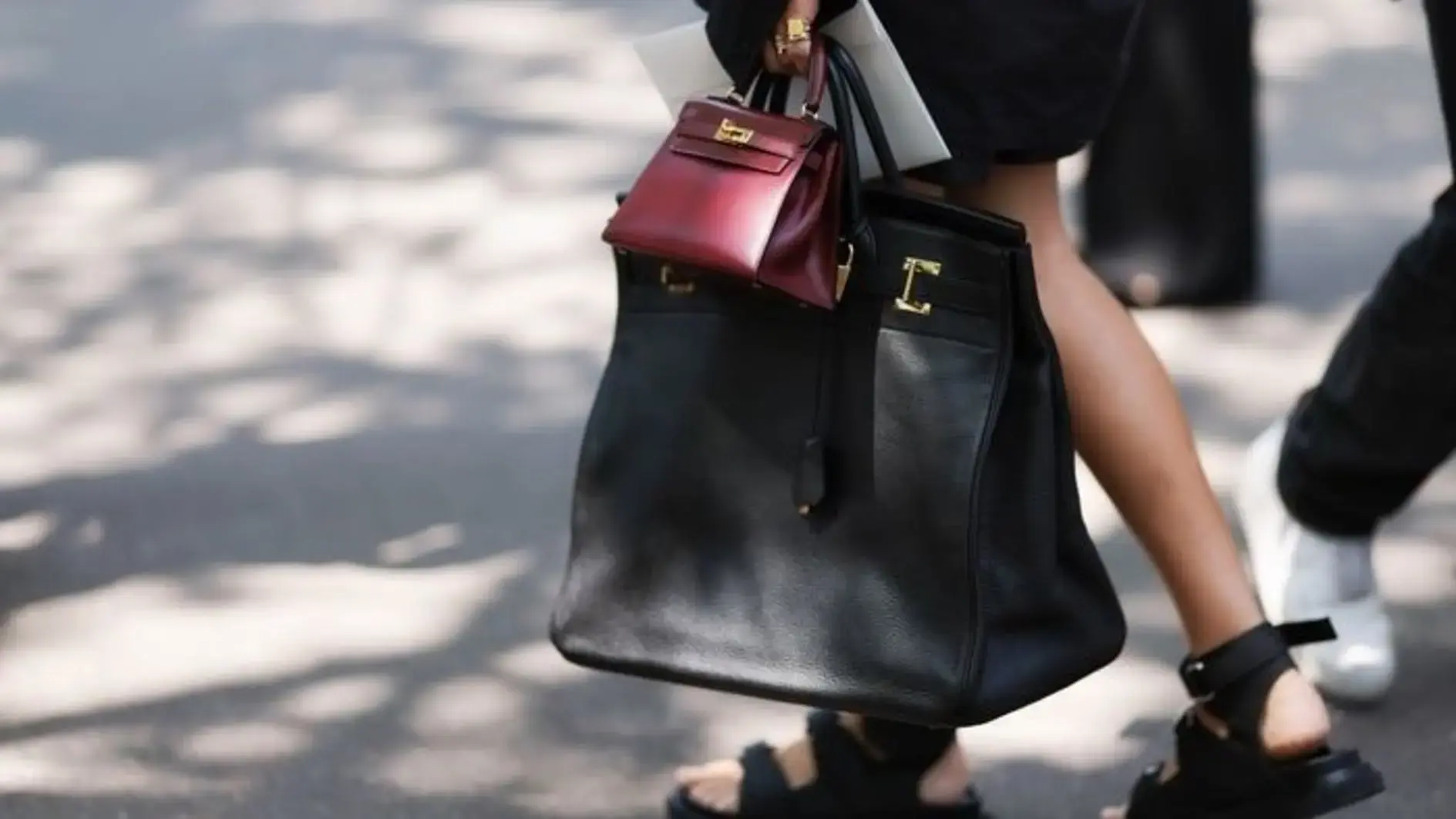
According to Bain & Company’s latest report, the luxury goods market is facing a significant slowdown for the first time since the 2009 recession. 50 million consumers have stopped purchasing high-end items like designer bags, scarves, watches, and more. This shift is partly due to high price increases since 2019, without a corresponding improvement in innovation, quality, or customer service—factors that luxury brands traditionally promise.
Luxury Brands Struggle with Revenue Drops
Some of the biggest names in the industry, including LVMH (owner of Dior and Louis Vuitton), Burberry, and Kering (parent company of YSL and Gucci), have missed their revenue targets in recent months. This has been compounded by inflation and slow consumer confidence, especially in key markets like China, which has been a driving force for luxury sales since the early 2000s. LVMH, for example, saw a 3% revenue drop, while Kering reported a 15% year-over-year decline.
Changing Consumer Expectations
Equity analysts suggest that luxury brands need to adapt to the changing expectations of younger consumers, particularly Gen Z. Experts like Marie Driscoll emphasize the need for brands to reinvent themselves by offering more inspiring products and creating exceptional shopping experiences. With consumers feeling disappointed by the lack of innovation and service behind the price hikes, many brands are losing their once-strong appeal.
Luxury Shoppers Demand Exclusivity
Consumers are increasingly seeking rare, unique, and bespoke products. While some brands offer basic customization, few provide the one-off creations or exclusivity that many shoppers desire. Hermès stands out in this area with its Birkin bags, known for their long waitlists and highly exclusive purchasing process. This sense of mystique and rarity contributes to its remarkable growth amid broader industry struggles.
Economic Pressures Affect Spending Behavior
The broader economic environment has made many aspirational shoppers more cautious in their spending. With inflation and economic uncertainty, consumers are prioritizing financial investments and essential goods over luxury items. This shift is especially noticeable in China, where lackluster consumer confidence has affected the luxury market significantly.
Despite these challenges, other sectors such as travel, fine wine and dining, and luxury automobiles have reported modest growth. Experts predict a gradual recovery for the luxury market by late 2025, particularly in regions like China, Europe, the U.S., and Japan, which benefits from favorable currency exchange rates.
In conclusion, the luxury goods market is facing a tough period, with brands needing to adapt to shifting consumer preferences, offer more value, and reconnect with their customers to remain competitive in the coming years.


